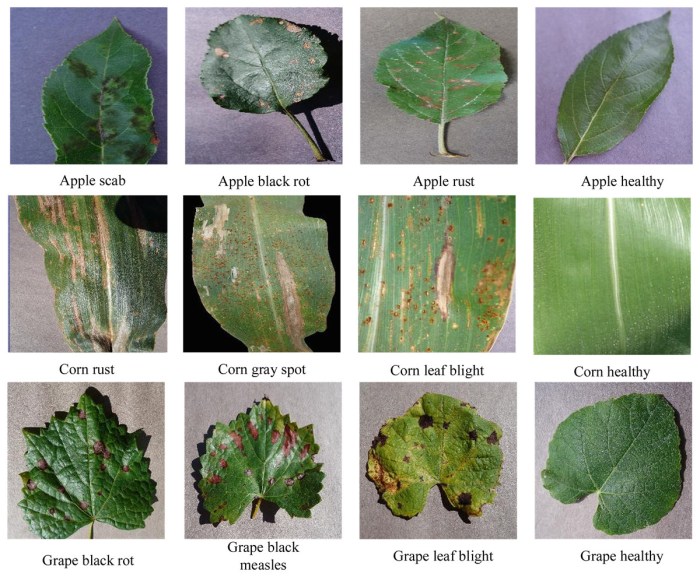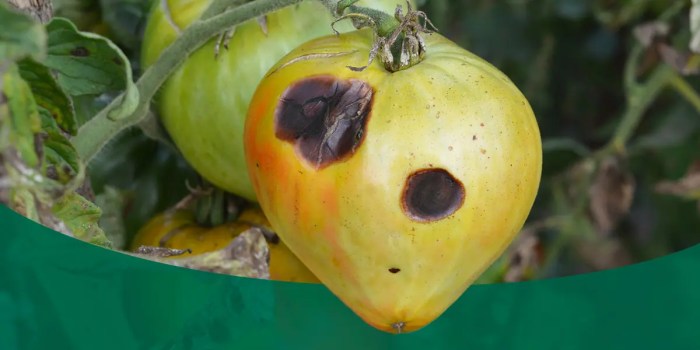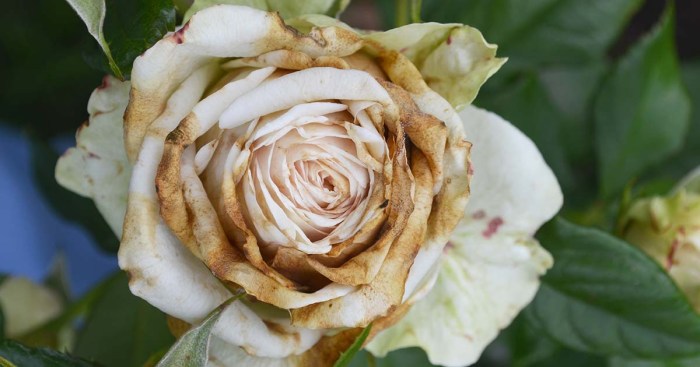Keeping your garden thriving requires understanding the subtle signs of distress in your beloved blooms. This guide delves into the common ailments affecting flowers, providing a practical approach to identification and treatment. From the telltale signs of powdery mildew to the insidious damage of root rot, we’ll equip you with the knowledge to diagnose and address nine prevalent flower diseases. We’ll explore both visual symptoms and the environmental factors that contribute to their development, offering practical solutions for prevention and management.
Understanding the nuances of flower diseases is key to maintaining a healthy and vibrant garden. This guide aims to provide a clear and concise overview, empowering you to confidently address issues as they arise. By learning to recognize the specific symptoms of various diseases, you can implement targeted treatments and prevent widespread damage. We’ll cover everything from identifying the visual cues of different diseases to understanding the role of pests and environmental conditions in their development.
Identifying Common Flower Diseases

Identifying flower diseases early is crucial for effective treatment and preventing widespread damage in your garden. Recognizing the visual symptoms is the first step in diagnosing the problem and implementing appropriate solutions. This section will detail the visual characteristics of several common flower diseases.
Powdery Mildew, Downy Mildew, and Leaf Spot: Visual Symptom Comparison
Powdery mildew is easily recognized by its characteristic white or grayish powdery coating on leaves, stems, and buds. This coating is the fungal growth itself. Affected leaves may also show yellowing or discoloration before eventually browning and dying. Downy mildew, on the other hand, presents as fuzzy, grayish-purple patches on the undersides of leaves, often accompanied by yellowing or browning spots on the upper surface. Leaf spot diseases manifest as various-sized spots or lesions on leaves, often circular or irregular in shape. These spots can be brown, black, tan, or even reddish, depending on the specific pathogen. Sometimes, concentric rings within the spots are visible.
| Disease | Leaf Discoloration | Fungal Growth | Other Symptoms |
|---|---|---|---|
| Powdery Mildew | Yellowing, browning | White to grayish powdery coating | Leaves may curl or distort |
| Downy Mildew | Yellowing, browning | Fuzzy, grayish-purple patches (undersides of leaves) | Leaves may wilt |
| Leaf Spot | Variable (brown, black, tan, reddish) | May or may not be visible; lesions are the primary symptom | Spots may be circular or irregular; concentric rings may be present |
Root Rot: Visual Symptoms and Susceptible Plants
Root rot, caused by various soilborne fungi and bacteria, is often difficult to detect in its early stages. As the disease progresses, plants exhibit wilting, even when the soil is adequately moist. Leaves may turn yellow or brown and eventually die. Digging up the plant reveals the most telling symptom: discolored, mushy, or rotting roots. The roots may be dark brown or black and may have a foul odor.
Plants particularly susceptible to root rot often include those that prefer consistently moist soil, or those planted in poorly drained areas.
- Impatiens
- Begonias
- Petunias
- Roses
- Many vegetables
Fungal, Bacterial, and Viral Leaf Spots: Differentiation
Leaf spots can be caused by various pathogens. Fungal leaf spots typically appear as well-defined, circular or irregular lesions with a brownish or black color. Bacterial leaf spots often have a water-soaked appearance and may be angular or irregular in shape. Viral leaf spots are usually smaller and more scattered, often accompanied by other symptoms like leaf distortion or mosaic patterns.
Botrytis Blight: Symptoms and Preventative Measures
Botrytis blight, also known as gray mold, is a common fungal disease that affects many plants. It appears as a gray, fuzzy mold on flowers, leaves, and stems. Affected plant parts often become soft and water-soaked before collapsing. The disease thrives in humid, cool conditions and can spread rapidly.
Preventing Botrytis blight involves creating conditions unfavorable to the fungus.
- Ensure good air circulation around plants by spacing them appropriately.
- Avoid overhead watering, which increases humidity.
- Remove and destroy infected plant debris promptly.
- Consider using fungicides as a preventative measure, especially in high-risk environments.
Diagnosing Flower Diseases

Diagnosing flower diseases accurately requires understanding the interplay of various factors, including environmental conditions and the presence of pests. A thorough assessment considers not only the visible symptoms but also the plant’s growing environment and any potential infestations. This approach ensures effective treatment and prevents further spread of disease.
Environmental Factors and Disease Development
Environmental conditions significantly influence the susceptibility of flowering plants to diseases. Factors such as temperature and humidity create favorable conditions for the growth and spread of pathogens. Optimal ranges for various diseases differ considerably.
| Disease | Optimal Temperature (°C) | Optimal Humidity (%) |
|---|---|---|
| Powdery Mildew | 15-25 | 70-90 |
| Botrytis Blight (Gray Mold) | 15-20 | 90-100 |
| Downy Mildew | 18-24 | 90-100 |
| Leaf Spot Diseases (various) | 20-30 (varies by pathogen) | 60-80 (varies by pathogen) |
Note: These are general ranges and can vary depending on the specific pathogen and plant species.
Common Insect Pests and Their Impact on Flower Diseases
Several insect pests can weaken plants, making them more vulnerable to diseases. Aphids, spider mites, and whiteflies are common culprits.
Aphids, small, soft-bodied insects, suck sap from plants, causing stunted growth and leaf curling. Their feeding can also transmit viruses. Visually, aphids appear as clusters of tiny, pear-shaped insects on stems and leaves. Spider mites are even smaller and create fine webbing on leaves. Their feeding causes stippling (tiny spots) and discoloration. Whiteflies are small, white, winged insects that congregate on the undersides of leaves. Their feeding causes similar damage to aphids, but they also secrete honeydew, which can lead to sooty mold.
Nutrient Deficiencies Mimicking Disease Symptoms
Nutrient deficiencies can cause symptoms that closely resemble those of diseases. Accurate diagnosis requires careful observation and understanding of the specific symptoms associated with each deficiency.
Nitrogen deficiency leads to pale green or yellow leaves, particularly older leaves. Phosphorus deficiency results in stunted growth, dark green or purplish leaves, and delayed flowering. Potassium deficiency manifests as yellowing or browning of leaf margins, often starting with older leaves.
Differentiating Disease Symptoms and Pest Damage
Careful observation is key to distinguishing between disease symptoms and pest damage.
| Feature | Disease Symptoms (e.g., Powdery Mildew) | Pest Damage (e.g., Aphid Infestation) |
|---|---|---|
| Appearance | White powdery coating on leaves and stems | Small, pear-shaped insects clustered on stems and leaves, leaf curling, stunted growth |
| Location | Often widespread across the plant | Concentrated in areas of insect feeding |
| Leaf Texture | May be distorted or curled, but usually not directly punctured | Leaves may show punctures or stippling from insect feeding |
| Spread | Can spread through spores or contact | Can spread through insect movement or reproduction |
Management and Treatment Strategies for Flower Diseases

Effective management of flower diseases requires a proactive approach combining preventative measures with appropriate treatments when infections occur. Understanding the life cycle of common pathogens and implementing sound cultural practices are crucial for minimizing disease incidence and severity. Ignoring early signs of disease can lead to significant plant loss and potential spread to healthy plants.
Preventative Measures for Common Flower Diseases
Implementing preventative measures is the cornerstone of successful disease management. These practices aim to create an environment less hospitable to pathogens, reducing the likelihood of infection. Regular monitoring of plants for early signs of disease is also essential for timely intervention.
- Proper Watering Techniques: Avoid overhead watering, which can spread fungal spores. Water deeply and less frequently, allowing the soil to dry slightly between waterings. This promotes strong root development and reduces the risk of fungal diseases.
- Sanitation Practices: Regularly remove and dispose of infected plant debris to prevent the buildup of pathogens. Sterilize pruning tools between uses with a solution of 1 part bleach to 9 parts water to avoid cross-contamination.
- Good Air Circulation: Ensure adequate spacing between plants to promote good air circulation. This helps to reduce humidity levels, creating a less favorable environment for many fungal pathogens.
- Soil Health: Maintain healthy soil with good drainage. Amend heavy clay soils with organic matter to improve drainage and aeration. Avoid over-fertilizing, which can weaken plants and make them more susceptible to disease.
- Resistant Varieties: Choose disease-resistant cultivars whenever possible. Many nurseries and seed companies provide information on the disease resistance of their plants.
Powdery Mildew Treatment
Powdery mildew, a common fungal disease, presents as a white, powdery coating on leaves and stems. Treatment options range from organic to chemical controls, with effectiveness varying depending on the severity of the infection and the specific fungicide used.
Organic control options include neem oil and potassium bicarbonate. Neem oil disrupts the fungal life cycle, while potassium bicarbonate acts as a contact fungicide. These are generally less toxic to beneficial insects and the environment than chemical fungicides.
Chemical fungicides, such as myclobutanil or propiconazole, offer more potent control, but should be used cautiously and according to label instructions. These fungicides are systemic, meaning they are absorbed by the plant and can provide longer-lasting protection. However, overuse can lead to the development of fungicide-resistant strains of powdery mildew. The effectiveness of different fungicides can vary depending on the specific fungal species involved and environmental conditions. For example, myclobutanil may be more effective in warm, humid conditions, while propiconazole might perform better in cooler temperatures.
Root Rot Management
Root rot, caused by various soilborne pathogens, leads to root decay and wilting. Preventing root rot focuses on improving soil drainage and employing preventative planting techniques.
| Root Rot Prevention | Root Rot Treatment |
|---|---|
| Well-draining soil amended with organic matter | Remove infected plants and soil |
| Avoid overwatering | Improve soil drainage |
| Proper spacing between plants | Apply a fungicide (if necessary, following label instructions) |
| Use disease-free planting material | Replace infected soil with fresh, well-draining soil |
| Rotate crops to break disease cycles | Consider using resistant cultivars in the future |
Handling Infected Plants to Prevent Disease Spread
Prompt removal and disposal of infected plant material is crucial to prevent the spread of disease to healthy plants. Follow these steps:
- Isolation: Isolate the infected plant from healthy plants to prevent contact and spread of pathogens.
- Removal: Carefully remove the infected plant, including roots, from the garden. Wear gloves to avoid skin contact with the pathogen.
- Disposal: Dispose of the infected plant material in the trash, not in the compost pile. This prevents the pathogen from surviving and spreading.
- Soil Treatment: Consider replacing the soil around the infected plant with fresh, sterilized soil. This reduces the risk of reinfection.
- Tool Sterilization: Sterilize any tools used during the removal process with a bleach solution (1 part bleach to 9 parts water).
Final Conclusion

Successfully diagnosing and treating flower diseases requires a keen eye for detail and a systematic approach. By combining careful observation of visual symptoms with an understanding of environmental factors and potential pests, you can effectively manage the health of your plants. Remember, prevention is key; implementing good sanitation practices and providing optimal growing conditions will significantly reduce the risk of disease. With the knowledge gained from this guide, you can confidently navigate the challenges of plant health and cultivate a flourishing garden.